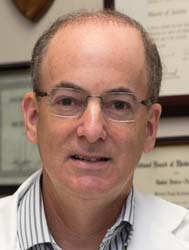“I want to be more beautiful???
Some patients come to see us with a specific procedure in mind. Sometimes, they are more open-minded, and come looking for advice on how to become more attractive.
Science has the answer (sort of)! The study of attractiveness is an area of great scholarship, not surprising given how powerful an influence it has on our lives. Although there are common themes for men and women, the summary below is specific to female attractiveness. Please remember, science tells us how it is, not how we might want it to be.
Much of our subconscious perception of female beauty is linked to our perception of reproductive health, as evidenced by the appearance of femininity and youth. Not coincidently, desirable feminine facial features share many common features with youthful children- big, wide-set eyes, small nose, clear hairless skin, small brow ridge, small jaw, small teeth, and large lips. The attractive adult female face is distinguished from a child’s face by more pronounced cheek bones and narrower cheeks.
Proportion and symmetry are also important aspects to our perception of beauty, and a mathematical formula (the so-called ‘Golden Ratio’) can describe proportions that are beautiful in buildings and art as well as the face. See how closely your face matches ‘the Golden Ratio’ at www.anaface.com.
Is there anything here you can use to your advantage? Sure! Use make-up to accentuate ‘the child’ in you (e.g. create big, wide set eyes). Use botox to treat frown lines, not fillers that will create a heavier brow. Fillers (fat or hyaluronic acid products like Juvederm or Restylane) do have a role though, as they are a great way to augment cheek bones and lips. A lower facelift is ideal when your lower face starts looking to big.
This is a simplification of course, and the specifics of your self-improvement project will be evident only through a personal consultation with a knowledgeable plastic surgeon.

Leave A Comment